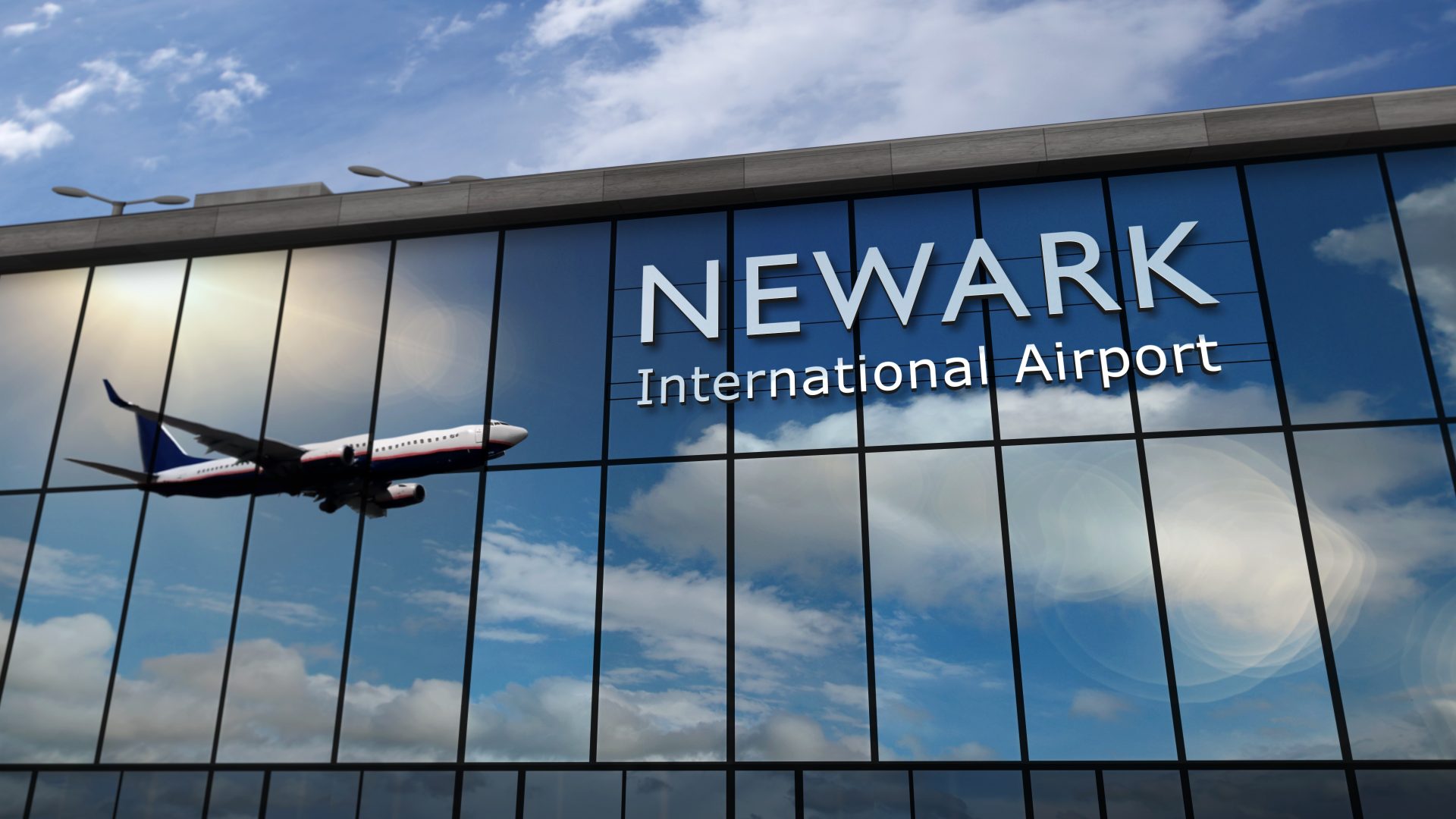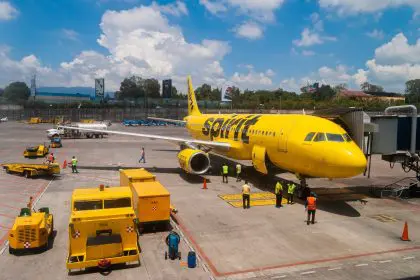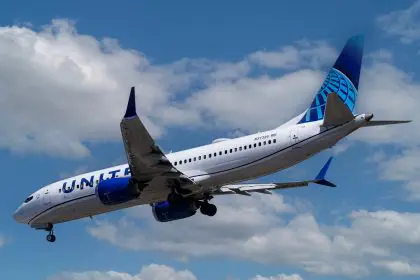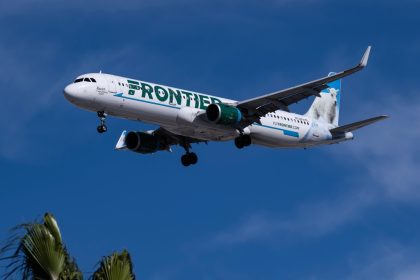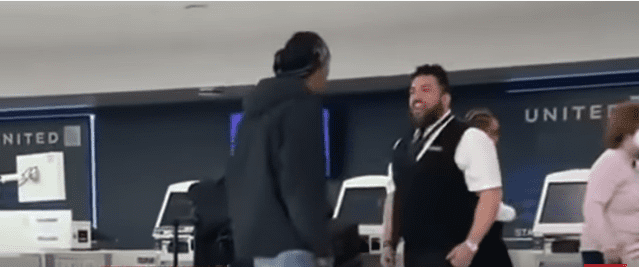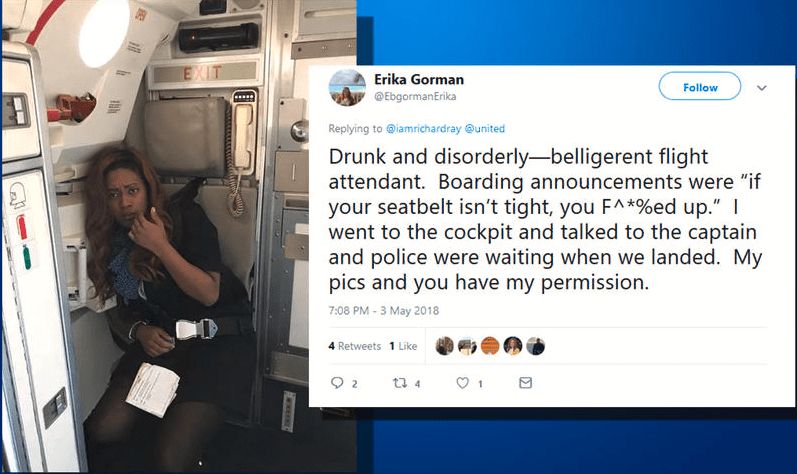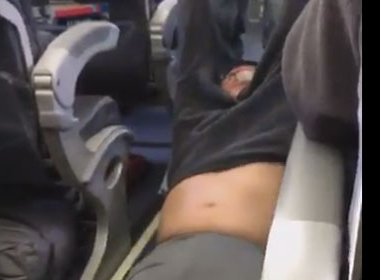Newark Liberty International Airport has descended into chaos over the past week as an unprecedented combination of staffing problems, construction, technical failures and weather issues created one of the worst flight disruption periods in recent history. The crisis that began April 28 and continues through early May has stranded thousands of travelers, forced a major airline to slash flight schedules, and raised questions about the fragility of the nation’s air traffic system.
The airport, which serves as a critical transportation hub for the New York metropolitan area, has seen more than 1,400 flights delayed or canceled during the seven-day crisis. On the worst days, over 40% of flights were delayed and 20% canceled entirely, creating ripple effects throughout the U.S. air transportation network.
Chronic air traffic control staffing shortages
The Federal Aviation Administration points to severe understaffing at the Philadelphia Terminal Radar Approach Control (TRACON) facility, which manages Newark’s airspace, as a primary factor in the ongoing crisis. The nationwide controller shortage has reached approximately 3,500 positions, with Newark’s control facility described as “chronically understaffed for years.”
The situation reportedly worsened when over 20% of Newark’s controllers recently left their positions, according to United Airlines CEO Scott Kirby, though the FAA has not officially confirmed this specific claim. The staffing crisis has forced the FAA to implement Ground Delay Programs, artificially slowing arrivals and departures to manage traffic safely.
Controllers at the facility are now working mandatory overtime and six-day weeks, creating concerns about fatigue and further exacerbating the staffing crisis.
Major runway construction limits capacity
The timing of a $121 million rehabilitation project on one of Newark’s primary runways has amplified the crisis. Runway 4L-22R closed on April 15 and will remain shuttered until mid-June 2025, severely limiting the airport’s capacity during one of the busiest travel periods.
With the closure, the primary landing runway (4R-22L) now handles nearly half of all flight activity. A third runway at the airport becomes unusable under certain wind conditions, further restricting operations during weather events.
The construction project, while necessary for long-term infrastructure maintenance, has dramatically reduced the airport’s ability to recover from other disruptions, creating a compounding effect that extends delay times.
Outdated technology creates system vulnerabilities
Technology failures have emerged as another critical factor in the crisis. The FAA’s air traffic control systems, described as relying on “floppy disks and copper wires,” have experienced multiple failures during the past week.
Telecommunications breakdowns and radar equipment failures at the Philadelphia TRACON have forced flights into holding patterns, diverted them to alternate airports, or stranded them on tarmacs for hours. Some diverted international flights landed at smaller airports not equipped to handle them, creating additional complications for travelers.
Transportation Secretary Sean Duffy acknowledged the technological deficiencies, noting the frustration of controllers attempting to manage one of the world’s busiest airspaces with obsolete systems. Duffy has pledged a modernized system within three to four years, but this timeline offers little comfort to those currently affected.
Weather and congestion amplify problems
Adverse weather conditions, including low ceilings and visibility issues, have compounded the other problems. On May 5, a Traffic Management Program implemented due to weather resulted in average arrival delays approaching four hours.
As the 14th busiest airport in the United States and one of its most congested, Newark has minimal slack in its schedule to absorb disruptions. When multiple problems occur simultaneously, the airport struggles to maintain operations at even a reduced capacity.
The staggering scale of disruption
The numbers behind the Newark crisis reveal its unprecedented scale:
- More than 1,400 flights delayed or canceled in a single week
- Peak days seeing over 40% of flights delayed
- May 5 arrival delays averaging nearly four hours
- Some delays extending to seven hours on the worst days
- At least 35 flights diverted to other airports on April 28 alone
FlightAware data from May 5 showed 428 delays and 138 cancellations by 10 p.m., representing a significant portion of the airport’s daily operations. On May 3, over 270 flights, approximately a quarter of all scheduled departures and arrivals, faced delays.
The duration of delays has been particularly problematic, with arrival delays averaging two to four hours but sometimes extending much longer. Gate holds and extended taxi times have added an average of 46 minutes to over an hour to departure times.
Human cost and airline response
The disruptions have created significant hardships for travelers. Social media has filled with accounts of passengers stuck on tarmacs for hours, missing international connections, or being diverted to airports hundreds of miles from their intended destinations.
One family reported missing a connecting flight to Rome after extensive delays, while another traveler from London faced delays that critically impacted a brief 24-hour family visit. Airport terminals have experienced chaotic scenes as frustrated passengers seek information and alternative arrangements.
United Airlines, which operates 328 daily round-trip flights from Newark as its largest carrier, has been disproportionately affected. On May 2, the airline announced plans to cancel 35 daily round-trip flights, approximately 10% of its Newark schedule, beginning May 3. The airline cited ongoing FAA staffing and technology issues with no resolution in sight.
The airline has implemented fee waivers for affected customers, allowing changes without additional charges or fare differences. Meanwhile, the Association of Flight Attendants-CWA, representing 55,000 flight attendants, has urged all Newark airlines to reduce flight schedules, citing safety concerns related to the understaffing issues.
New Jersey Governor Phil Murphy has entered the fray, calling the situation completely unacceptable on social media, reflecting the growing public frustration with the continued disruptions.
Government response and future outlook
The FAA has acknowledged both the staffing and equipment issues but has provided limited details about the specific nature of the staffing problems, including the reported controller departures. The agency has implemented various Ground Delay Programs throughout the crisis, including one on May 1 with delays averaging five hours.
On May 2, Transportation Secretary Duffy announced plans to hire 2,000 new air traffic controllers in 2025. The plan includes financial incentives for academy graduates and retention bonuses designed to prevent early retirements. Duffy also committed to developing a “state-of-the-art” air traffic control system, though full implementation could take years.
The agency has extended waivers for minimum flight requirements at Newark and other congested airports through October 2025, allowing airlines to reduce schedules without losing valuable landing slots. Despite the operational challenges, the FAA maintains that airspace remains safe throughout the disruptions.
The Newark crisis represents part of a broader national air traffic control challenge, made worse by training pauses during the COVID-19 pandemic and a mandatory retirement age of 56 for controllers. The Philadelphia TRACON, which was relocated from New York in 2024 to manage Newark’s airspace, has struggled to adapt to its expanded responsibilities.
Aviation experts warn that delays may persist through the busy summer travel season, especially with runway construction continuing until mid-June. The Port Authority of New York and New Jersey, which operates Newark, has invested billions in airport modernization but emphasizes that these upgrades depend on a fully staffed and modernized FAA system.
Aviation analysts noted that Newark’s disruptions create a “ripple effect” nationwide due to its critical role in the U.S. air traffic network. With summer travel demands increasing and no immediate solutions to the staffing and technology issues, travelers should prepare for potential continued disruptions when planning trips through Newark in the coming months.

